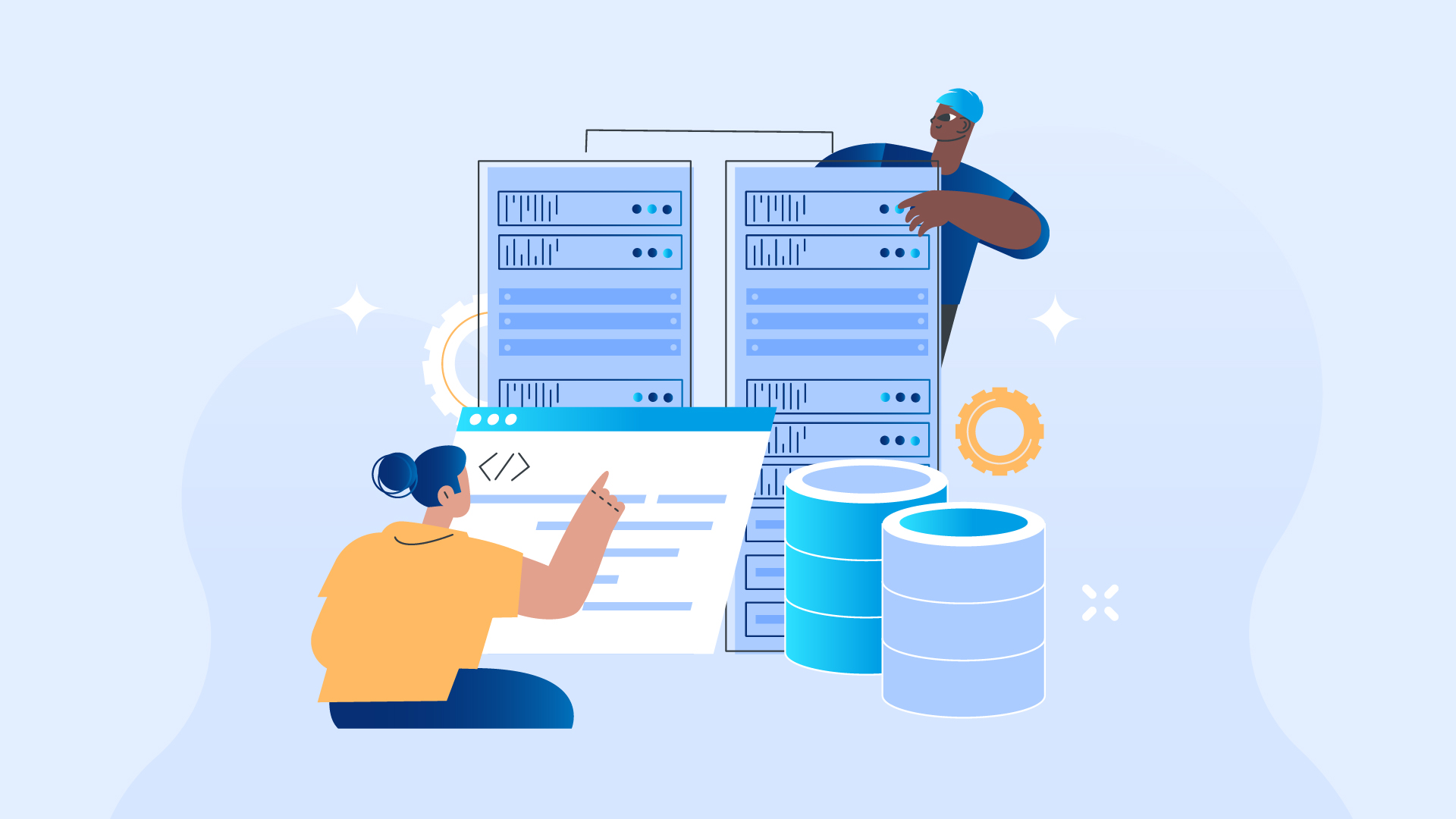The author is a CEO and Co-Founder in Eucloid. For any queries, reach out to us at: contact@eucloid.com
Data Maturity: How companies can build a data-driven organization
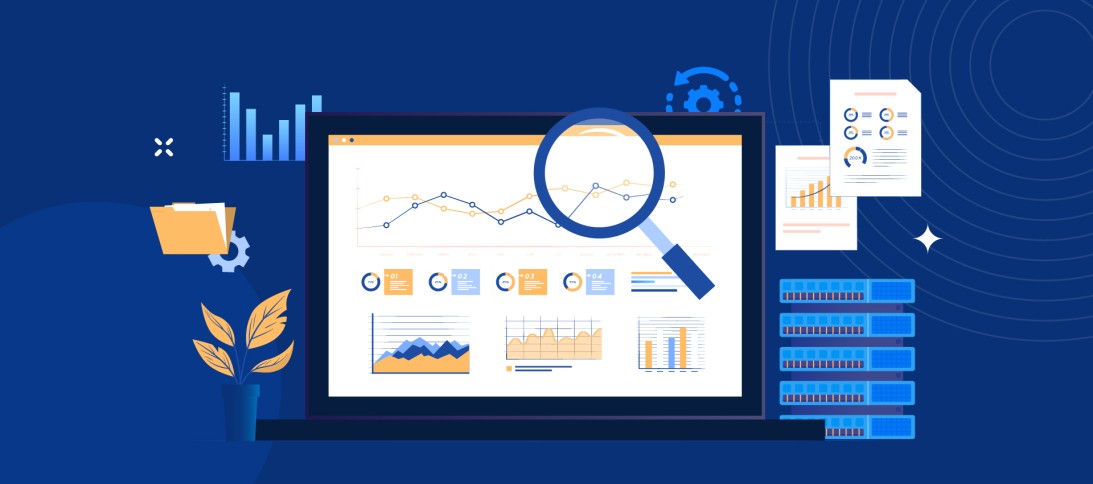
Every organization is continuously working towards improving their data capabilities, whether it is an online store aiming to enhance their analytical capabilities or a large corporation looking to implement machine learning models. This process involves taking calculated steps in the right direction, with the ultimate goal of making informed decisions with data. It is not about following trends, but rather making strategic and efficient changes to effectively utilize data.
Hence, a methodical framework is imperative for businesses to effectively navigate the complex landscape of modern data tools. This framework serves as a beacon for all businesses initiating their data journey and striving to strategically capitalize on the vast potential of data.
The Starter Stack
When it comes to investing in a data stack, the first step is crucial. If this aspect is executed well, companies will be one step closer to building an advanced analytics powerhouse with a strong, clean, and scalable foundation.
Companies that may have budget constraints at the beginning of their data journey will find the Starter stack particularly beneficial. This technology has been a major driving force behind the success of startups that have seen significant growth in just two years or less. The Starter stack enables companies to quickly collect and send data to SaaS tools such as Segment, Amplitude, and Braze. It also allows for effective analytics through these same services. With this stack in place, marketers can easily track customer behavior, while product managers can gain valuable insights into how customers interact with features on applications. Additionally, the Starter stack eliminates the strain on engineering and IT teams by simplifying ad-hoc integration requests.
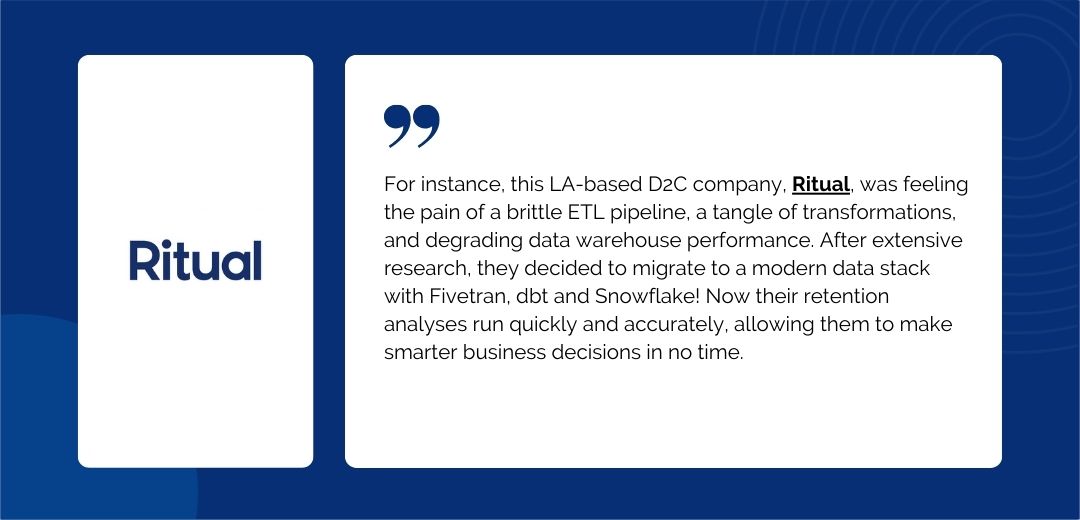
Growth Stack
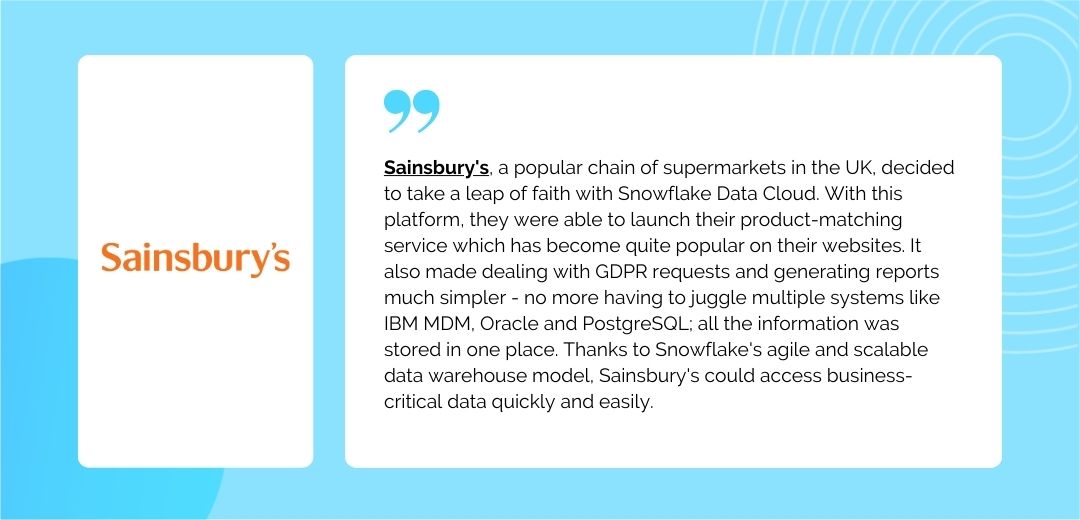
Machine Learning Stack
After ensuring that all necessary preparations have been made and the data warehouse is able to provide answers to any query, organizations can move on to the next step: predictive analytics. This powerful tool allows businesses to anticipate people's actions before they even occur. They can do this by storing unstructured data in platforms like Databricks, and using two distinct workflows: training (for model building) and production (for utilizing those models). This technology proves especially advantageous for large companies, as optimizing customer behavior can bring significant returns. It's worth noting that the benefits of machine learning are also being recognized by B2B enterprises, leading to increased adoption in this sector as well.
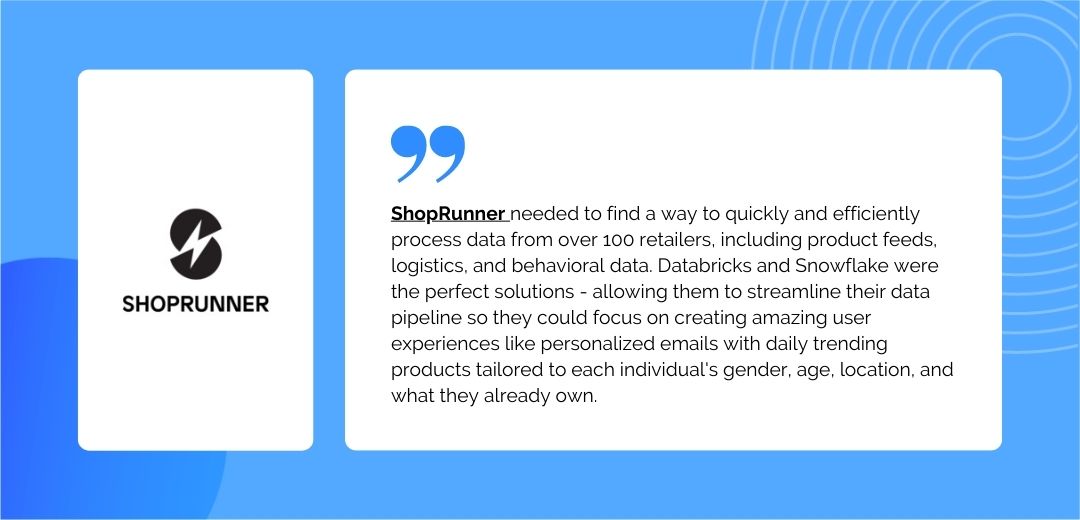
Real-Time Stack

As we reach the concluding phase of data maturity, a company becomes a pioneer in harnessing data to drive its applications. With the aid of AI and ML, business decisions are based on data-backed insights. The organization has efficiently resolved hurdles related to individuals and processes, enabling seamless access to information for all. Not only are data products generating revenue, but the operational and analytical systems are also constantly updated on cloud platforms. This enables real-time insights that facilitate the delivery of personalized experiences to customers.
.jpg)
Upgrading the data stack doesn't have to be one big leap; instead, based on data maturity, companies can take small strides to improve their data capabilities. With the right resources and strategy, companies can build a strong data stack that will enable them to make better decisions and become more competitive!
Posted on : April 17, 2024
Category : Data Engineering
About the Authors

